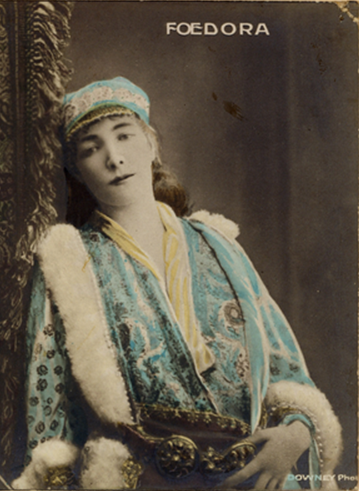
The History of Women Wearing Fedoras
Share
Though often associated with 20th-century gangsters and film noir heroes, the fedora actually began its stylish journey on the heads of women.
The hat’s name comes from the 1882 play Fédora by Victorien Sardou, in which actress Sarah Bernhardt played a Russian princess named Fédora. On stage, she wore a soft-brimmed, center-creased hat—unusual for a woman at the time. The look caught on, and by the early 20th century, fedoras were embraced by fashionable women across Europe and America.

During the 1920s and ’30s, women adopted the fedora as a symbol of modernity, independence, and androgynous elegance. Icons like Marlene Dietrich and Greta Garbo wore them effortlessly, challenging gender norms with every tilt of the brim.
In the decades that followed, the fedora evolved from a political statement into a versatile fashion piece. Today, women wear fedoras to express sophistication, artistic flair, or just everyday cool. Whether paired with flowing dresses or structured blazers, the fedora remains a timeless staple in women’s fashion.
At Debyl Hats, we honor this rich heritage by handcrafting fedoras that celebrate both the strength and elegance of the women who wear them.
